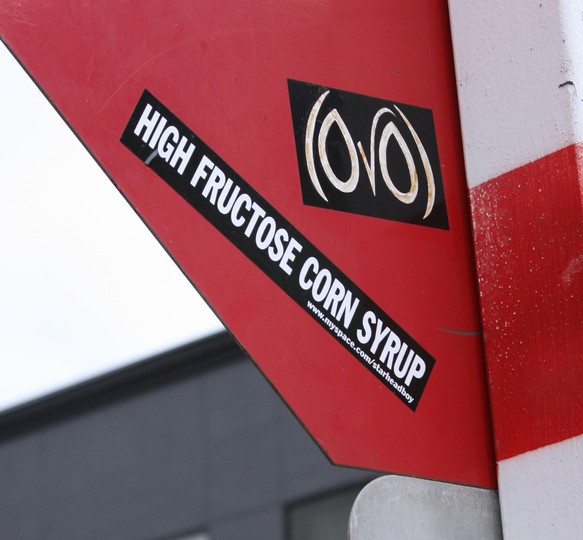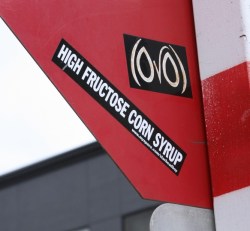Grist’s post last week about a paper that aimed to draw a connection between autism and high fructose corn syrup raised an almost immediate furor.
Some furors are healthy. As an editor I’m always happy when work that I publish gets people to consider new ideas and information that challenges their assumptions.
But some furors are more like, “Guys, you messed up.” I’m afraid that from where I sit this was one of the latter kind.
Our article, by Tom Laskawy, who writes for us regularly on food issues and policy, presented news of a peer-reviewed paper that attempted to draw a connection between autism rates and consumption of high-fructose corn syrup (HFCS). Tom’s readers know that he’s not fond of HFCS — he joked about that in his opening paragraph. That’s generally been Grist’s view, too, for all sorts of reasons that are socially, scientifically, and environmentally sound.
But in drawing attention to the HFCS study without adequately evaluating it, we steered right into some very treacherous waters, and we should have known better. In the public discussion of the causes of autism, there is a decade-long record of bad science being promoted by opportunistic or gullible media coverage. (Seth Mnookin’s book The Panic Virus tells the whole sorry tale.) Given that background, anyone who comes along today offering dramatic new evidence or theories about autism has an extra-high bar of scientific care to meet. And anyone covering such claims ought to meet a reasonable standard of journalistic caution. We did not.
Our article did arrive with a considerable number of hedges and qualifiers. We said the study “purports to have found a very real link between HFCS consumption and autism.” Laskawy wrote, “Now, this is just one paper. And a full understanding of it requires far more expertise in biology and genetics than I possess.”
Our story wasn’t factually incorrect in its reporting of the contents of the HFCS/autism paper — there are no simple “we regret the error” corrections to run here. But the paper the whole piece was based on was itself fraught with issues and problems that we failed to address, and that readers and colleagues almost immediately began telling us about.
They argued that if we’re going to insist on applying rigorous and careful standards to our discussion and coverage of climate science, we’d better do the same in other areas, like food science and health. I agree with them.
So here’s what we’re doing in response:
(1) We’ve rewritten the article’s original headline, “New study links autism to high-fructose corn syrup,” which left the impression that the study had nailed its case. It now reads, “Paper asks: Does high-fructose corn syrup contribute to a rise in autism?”
(2) We’re posting a thorough discussion of problems with the HFCS-and-autism paper by Emily Willingham, a science writer who has covered autism in depth and who was one of the many journalists to raise questions about our original story.
I’ve written at length in the past about the problematic tendency inside newsrooms to circle the wagons when criticized. At Grist, I now get the chance to walk my own talk.
This post is offered in that spirit. I’m sure we’ll make more mistakes; that’s inevitable, and it’s human. We can’t promise perfection, but we can aim always to set the record straight, in as wholehearted and transparent a way as we can.





